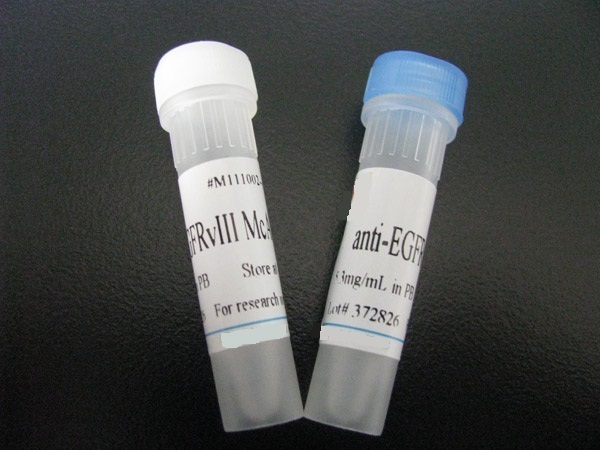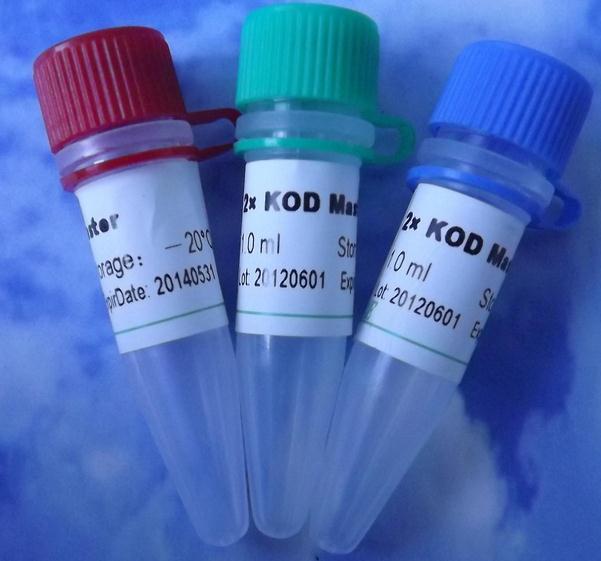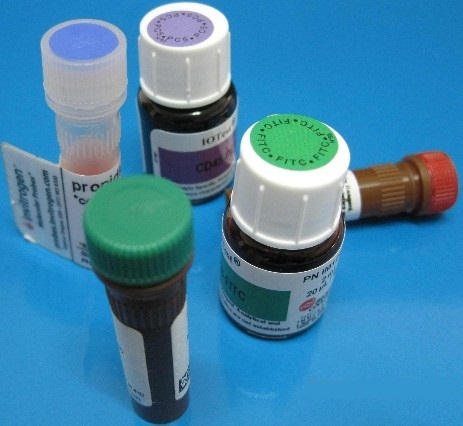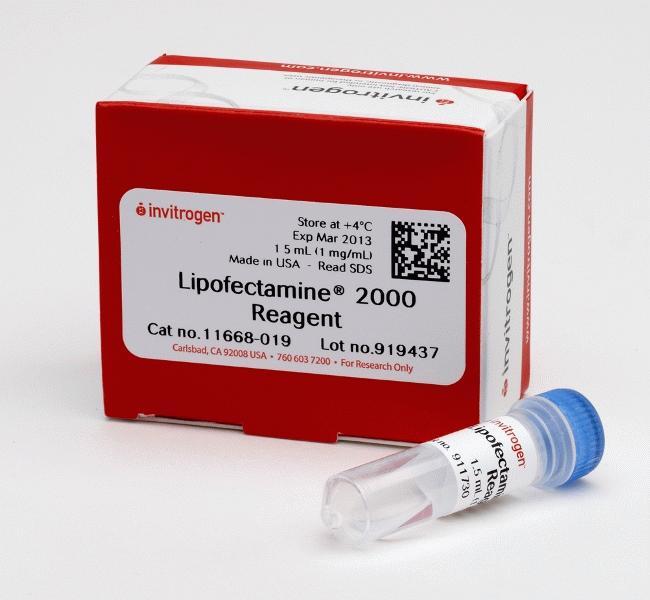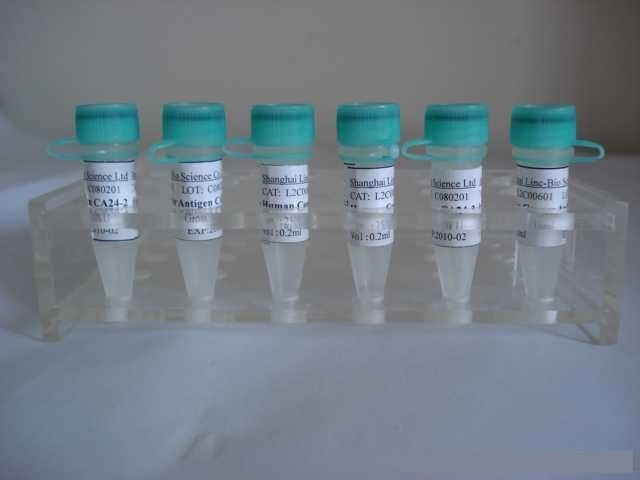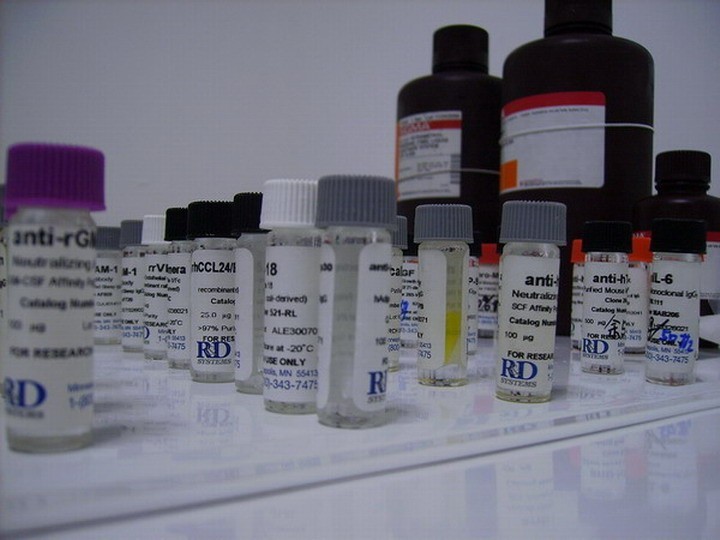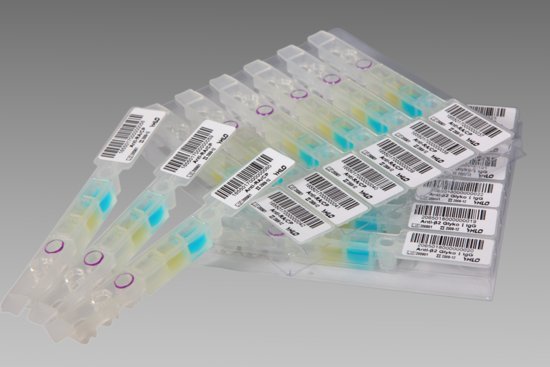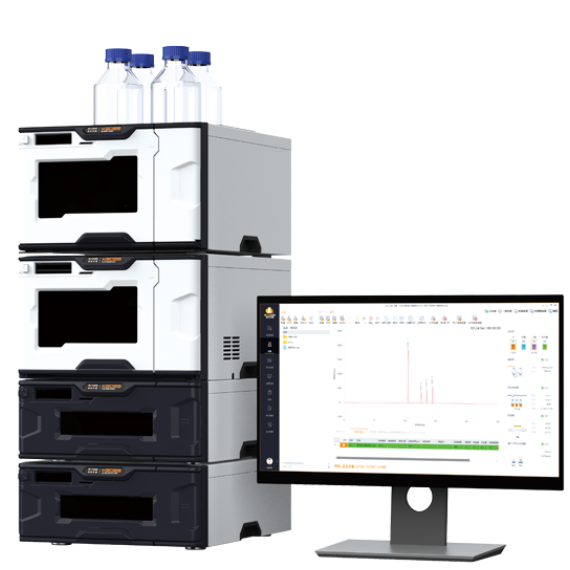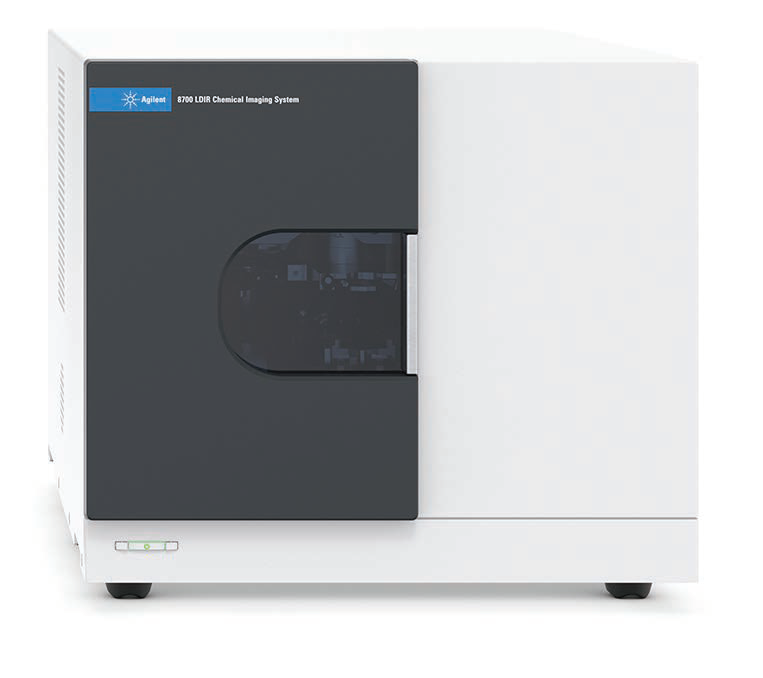浓 度 1mg/1ml
规 格 0.1ml/100μg 0.2ml/200μg
抗体来源 Rabbit
克隆类型 polyclonal
交叉反应 Human, Mouse, Rat, Dog, Pig, Horse, Rabbit
产品类型 一抗
研究领域 细胞生物 神经生物学 信号转导 干细胞 细胞骨架
蛋白分子量 predicted molecular weight: 405kDa
性 状 Lyophilized or Liquid
免 疫 原 KLH conjugated synthetic peptide derived from human Dystrophin/DMD
亚 型 IgG
纯化方法 affinity purified by Protein A
储 存 液 Preservative: 15mM Sodium Azide, Constituents: 1% BSA, 0.01M PBS, pH 7.4
产品应用 ELISA=1:500-1000 IHC-P=1:100-500 IHC-F=1:100-500 IF=1:100-500
(石蜡切片需做抗原修复)
not yet tested in other applications.
optimal dilutions/concentrations should be determined by the end user.
保存条件 Store at -20 °C for one year. Avoid repeated freeze/thaw cycles. The lyophilized antibody is stable at room temperature for at least one month and for greater than a year when kept at -20°C. When reconstituted in sterile pH 7.4 0.01M PBS or diluent of antibody the antibody is stable for at least two weeks at 2-4 °C.
Important Note This product as supplied is intended for research use only, not for use in human, therapeutic or diagnostic applications.
肌营养不良蛋白抗体产品介绍 Anchors the extracellular matrix to the cytoskeleton via F-actin. Ligand for dystroglycan. Component of the dystrophin-associated glycoprotein complex which accumulates at the neuromuscular junction (NMJ) and at a variety of synapses in the peripheral and central nervous systems and has a structural function in stabilizing the sarcolemma. Also implicated in signaling events and synaptic transmission.
Tissue specificityExpressed in muscle fibers accumulating in the costameres of myoplasm at the sarcolemma. Expressed in brain, muscle, kidney, lung and testis. Isoform 5 is expressed in heart, brain, liver, testis and hepatoma cells. Most tissues contain transcripts of multiple isoforms, however only isoform 5 is detected in heart and liver.
Function : Anchors the extracellular matrix to the cytoskeleton via F-actin. Ligand for dystroglycan. Component of the dystrophin-associated glycoprotein complex which accumulates at the neuromuscular junction (NMJ) and at a variety of synapses in the peripheral and central nervous systems and has a structural function in stabilizing the sarcolemma. Also implicated in signaling events and synaptic transmission.
Subcellular Location : Cell membrane > sarcolemma. Cytoplasm > cytoskeleton.
Tissue Specificity : Expressed in muscle fibers accumulating in the costameres of myoplasm at the sarcolemma. Expressed in brain, muscle, kidney, lung and testis. Isoform 5 is expressed in heart, brain, liver, testis and hepatoma cells. Most tissues contain transcripts of multiple isoforms, however only isoform 5 is detected in heart and liver.
DISEASE : Defects in DMD are the cause of Duchenne muscular dystrophy (DMD) [MIM:310200]. DMD is the most common form of muscular dystrophy; a sex-linked recessive disorder. It typically presents in boys aged 3 to 7 year as proximal muscle weakness causing waddling gait, toe-walking, lordosis, frequent falls, and difficulty in standing up and climbing up stairs. The pelvic girdle is affected first, then the shoulder girdle. Progression is steady and most patients are confined to a wheelchair by age of 10 or 12. Flexion contractures and scoliosis ultimately occur. About 50% of patients have a lower IQ than their genetic expectations would suggest. There is no treatment.
Defects in DMD are the cause of Becker muscular dystrophy (BMD) [MIM:300376]. BMD resembles DMD in hereditary and clinical features but is later in onset and more benign. Defects in DMD are a cause of cardiomyopathy dilated X-linked type 3B (CMD3B) [MIM:302045]; also known as X-linked dilated cardiomyopathy (XLCM). Dilated cardiomyopathy is a disorder characterized by ventricular dilation and impaired systolic function, resulting in congestive heart failure and arrhythmia. Patients are at risk of premature death.
Similarity : Contains 2 CH (calponin-homology) domains.
Contains 22 spectrin repeats.
Contains 1 WW domain.
Contains 1 ZZ-type zinc finger.
![]()




